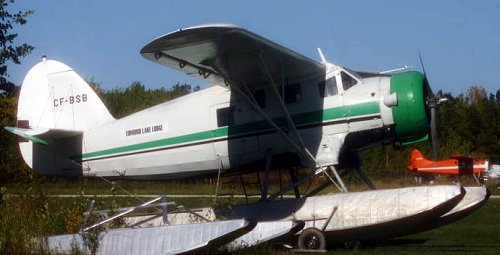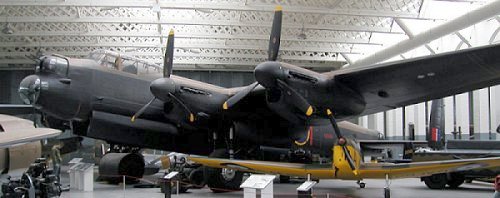Missing Fliers
Today, missing fliers. The University of Houston's College of Engineering presents this series about the machines that make our civilization run, and the people whose ingenuity created them.
I just picked up a remaindered book, Missing Believed Killed by Roy Conyers Nesbit. It once cost around forty dollars and now I get it for six. It's about the fates of Amelia Earhart, Amy Johnson, Glenn Miller, the Duke of Kent, and others who mysteriously disappeared in airplanes -- the stuff of hotcake-selling conspiracy theories, but this is not a best seller.
So let's see if we can learn why: First, Amelia Earhart. Was she spying on the Japanese -- captured and carried off to Saipan? Did she and navigator Fred Noonan set up housekeeping on a desert island? Alas, Nesbit provides no such morsels.
He carefully reads records, including hitherto closed British files. At length he shows just how Noonan would've misread his scant navigational information -- how he and Earhart almost certainly ditched in the sea, maybe within thirty miles of Howland Island, how they drowned because Earhart had offloaded the life raft to reduce weight and carry more fuel.
Nesbit traces only a few of the great lost pilots and passengers. He doesn't go into D. B. Cooper parachuting into the Cascade Mountains with $200,000. Nor does he talk about Australian aerial showman Herbert Hinkler who, in 1933, vanished over Italy's Apennine Mountains.
He deals only with cases that he himself has scrupulously analyzed. Whatever that lacks in speculative theater, it easily makes up in unembroidered detail. Take the case of Glen Miller whose music meant so much to those of us of a certain age.
When he was 38, Alton Glenn Miller rode the height of his big band career. These were the darkest days of WW-II, so Miller joined the Army, where he worked doggedly and effectively at entertaining troops. December 15th, 1944, found him being flown from Cambridge down to Paris to do advance work for his band.
He and two airmen flew a single-engine Canadian-built Norseman -- a high-winged, 8-passenger utility plane. They left just before 2:00 PM and were never heard from again. So salacious stories abound: He was defecting to the Germans; he was later found in Paris' red light district with his skull smashed in.
But one story out of South Africa was verifiable. It seems that Lancasterpilots often had to ditch bombs they'd been unable to drop on their targets. They did so in a designated portion of the English Channel. Nesbit traces records and routes, and finds a Lancaster squadron unloading its unused bombs directly on the path of the Norseman that day. In fact, one South African Lancaster crewman actually reported seeing a Norseman caught in a bomb blast.
Thus error, not drama is our great enemy. It'll kill us just as dead as a more theatrical passing will. This hypnotic book, this publishing failure, underscores that point. We find the most compelling stories close to home, among the ordinary days of our lives. The best stories (even in fiction) are the truest ones.
I'm John Lienhard, at the University of Houston, where we're interested in the way inventive minds work.
R. C. Nesbit, Missing Believed Killed. (Phoenix Mill, United Kingdom: Sutton Publishing, Ltd., 2002).
For more in the Norseman airplane, see: http://www.norsemanhistory.ca/
Photos: Top -- NASA photo of Amelia Earhart's Lockheed Electra 10-E, Middle -- copyright-free photo of pontoon-rigged Norseman C-64, courtesy of Wikipedia, Bottom -- JHL's photo of the Lancaster Bomber at Great Britain's Duxford Museum.


